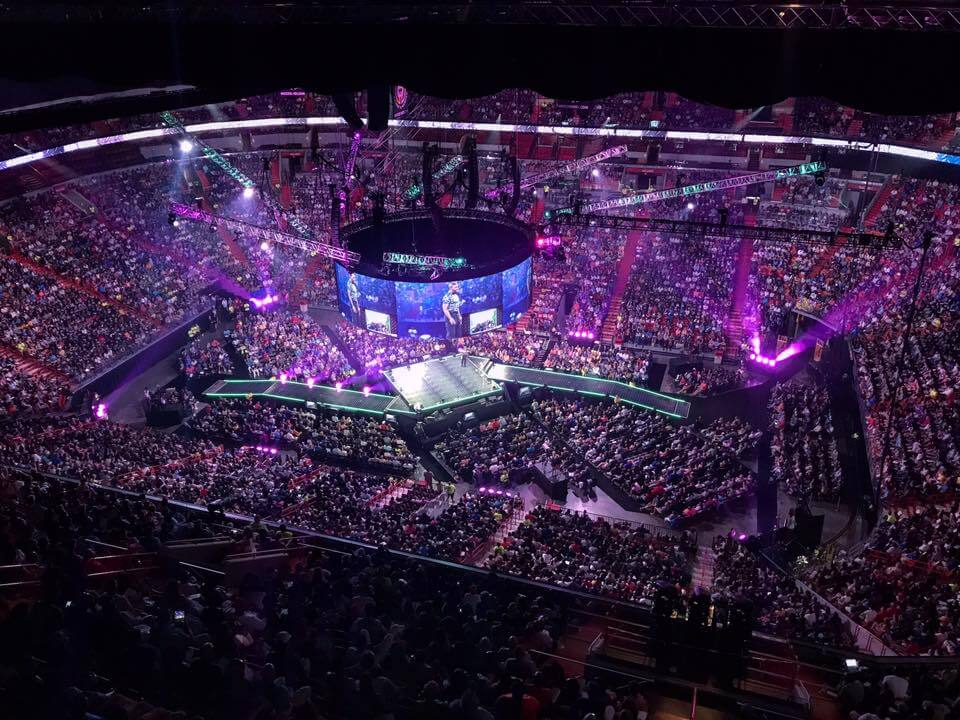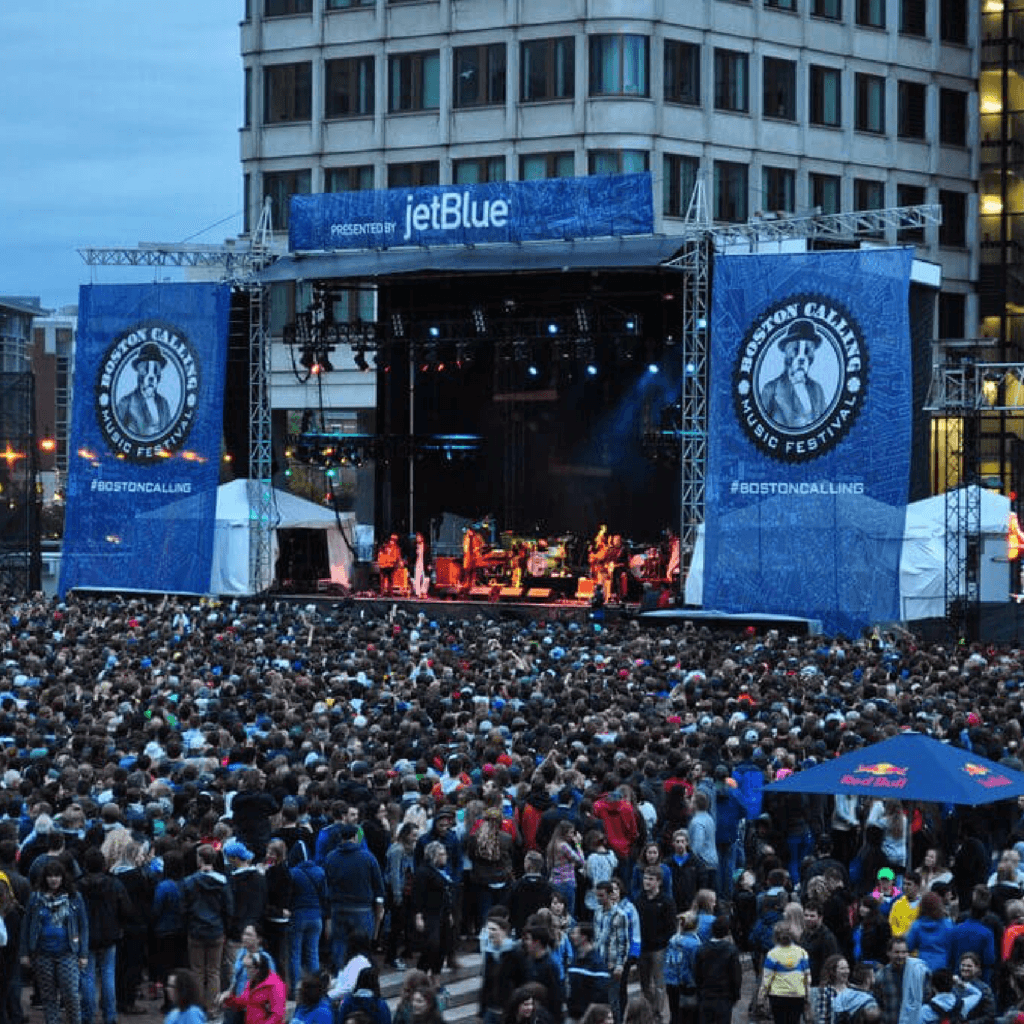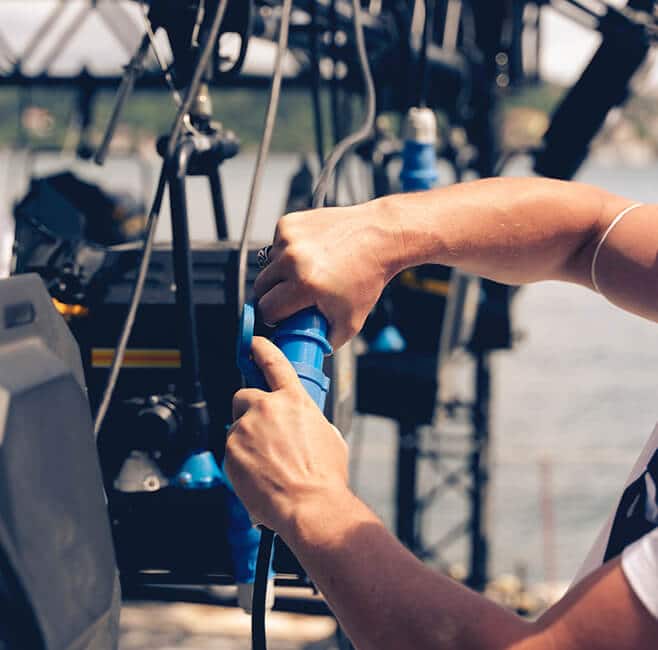The Necessary Ingredient for 2024 Events
Cutting-edge and innovative 2024 live event tends all share the need for powerful and reliable WiFi. Learn more in this guide.
Changes in event trends
Since the start of 2020, we have witnessed massive changes in event trends from year to year. Advances in event technologies have made live event experiences from even five years ago look antiquated: the concept of in-person gatherings has taken on a new life post-pandemic. However, no matter how impressive live events become, there is still one factor that powers nearly every event trend. Read on to learn about the crucial ingredient to 2024 live event success.
Every successful live event has one thing in common…
… and that is powerful, reliable WiFi. No matter the event or venue, WiFi is a critical requirement for optimizing your attendees’ experience and ensuring successful outcomes. From multi-day festivals across seven different stages to a single conference center speaker, WiFi is a non-negotiable component of your event planning. And as we will soon observe, every highly-anticipated 2024 event trend is predicated on the need for strong WiFi.
Not only do your attendees require a stable network that can support thousands of connections, but your event needs a partner who can scale operations depending on your event needs. Faultless high-speed WiFi is now an essential requirement for live events—and events that cannot guarantee this dependability will pay the price.
Ultimately, live events benefit from a strong relationship between event planners and a full-management WiFi partner. Your network is the foundation that allows you to deliver on event WiFi trends. Working with a full-management WiFi partner frees event planners to focus on attendee experience with the knowledge that they have the support they need.

Two kinds of WiFi:
Delivering on 2024 event WiFi trends requires two separate types of WiFi: production and public. Attendees access the public WiFi for their live event experience, whereas the Production groups utilizes the production WiFi for various event technologies and systems.
Production WiFi
For live events to run smoothly, your events team will require their own stable and secure WiFi connection. Production WiFi has a few basic (but important) requirements, including an Internet backbone platform that can support the needs of the production teams.
Areas of Business that Need Production WiFi:
- Scanner-controlled ticketing
- Access control platforms
- Point-of-sale (PoS) systems that support credit card and cashless options
- Production staff, which includes both the front-of-house and back-of-house teams
- Artists and performers
- Speaker Ready
- Exhibitors
- Sponsors
- Social Media teams
- CCTV
- Digital Signage
- Audio, Video and Lighting
Public WiFi
Although there are additional, incremental costs for offering WiFi for attendees to access, it is essential if you want to take advantage of event WiFi trends. Note: if you already have a live event WiFi system for production, that is all the more reason to invest in Public WiFi.
Ways You Can Mitigate the Cost of Public WiFi:
- Sponsored splash pages with customized branding
- Social media logins that support enhanced event engagement
- Advertisements on social media apps and through smartphone web interface
- Coupon pushes to attendees’ smartphones
- Ongoing attendee interaction during and after the event
- Attendee big data analytics and ongoing social media interactions
- Pre-paid WiFi options
- On-the-fly paid WiFi options
- Advanced monitoring, reporting, alerting and analytics
Four 2024 Event Trends that Require WiFi
1. The Rise of A.I.
A.I. may be the key trend across all industries—and live events are no exception. For 2024, we can expect to see the substantial impact of A.I. on events through design, content copy or other forms of creative enterprise. Additionally, you will most likely see chatbots being utilized more frequently as a way to respond to attendee questions and inquiries. These applications of A.I. require either a Public or Private WiFi to be utilized.
2. Networking Over Content
There has been a shift in how organizations view the purpose of event planning. Whereas event content was once the core of live events, planners have recently recognized the importance of in-person networking and adjusted accordingly. This has led to a change in how event schedules are structured as well as the types of applications and the robust WiFi requirements that events require for in-person interactions.
3. New Engagement Strategies
As budgets continue to shrink due to post-pandemic economic realities, organizations are looking for live events that maximize in-person attendance. This is one of many reasons why event planners are reconceptualizing engagement strategies, starting with a renewed focus toward compelling and on-demand content. Powered by reliable WiFI, event content should complement the networking opportunities you offer attendees.
4. And Don’t Forget Hybrid
Although live and in-person events are as popular as they have ever been, that does not mean that virtual elements will be eliminated from these events moving forward. Offering a hybrid option increases the impact of your event by allowing greater attendee flexibility—which means more engagement. Perhaps more than any other trend, hybrid events require strong and stable WiFi to account for increased technological demands.

